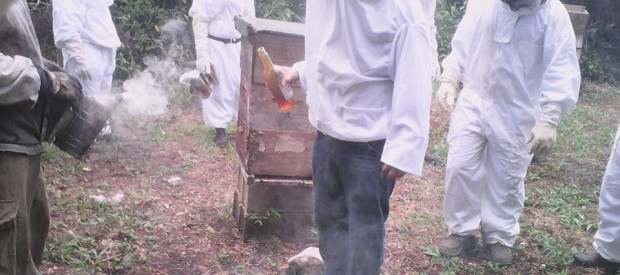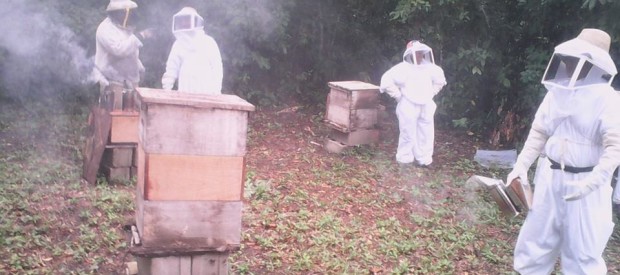Honey
Goal
To promote and facilitate the growth of the Honey Industry to meet the domestic market demand.
Background
Even though honey has been in production in Belize since the early Mayan civilization, commercialization of honey began in 1959 with the introduction of Apis mellifera (Honey carrying Bee) which was brought in from Mexico as pollinators of sugar cane. In 1987 Apis mellifera scutellata or Africanized honey bees (AHB) was detected in Belize. This event drastically increased the production of honey production in Belize.
Honey is produced throughout the country with majority of the outputs occurring mostly in the Orange Walk and Cayo District. All of Belize’s honey is consumed locally. Belize is currently not exporting any honey mainly because the existing co-operatives can only supply the local market.
Five related or by products of honey include Pollen, Propolyst, Solid Man, Wax and Royal jelly. The main uses of honey are in cooking, baking, beverages, sweeteners and medicine.
Activities
- Some of the major activities performed by the Apiculture Office in the Ministry are:
- The training for beekeepers and stakeholders Provide in good management practices (GMP) which includes Production, disease management and control.
- The capacity building of beekeepers in the processing and packaging of honey for value added and marketing.
- The implementation of a National Honey Certification Program.
The implementation of a control and treatment program for the Varroa Mite. - The revitalization of the National Bee Council.
- The Conservation of flora and reduction of fires fostered through a more sustainable use and protection of natural resources
- The Facilitation of beekeeping materials and equipment’s
Contact Information
Belize District – 203-2842
Cayo District -804-2129
Corozal District -402-2297
Orange Walk District -303-2019
Stann Creek District -502-2514
Toledo District -702-2689
Collaborators
- Pesticide Control Board
- Cooperative Department
- Honey Cooperatives



